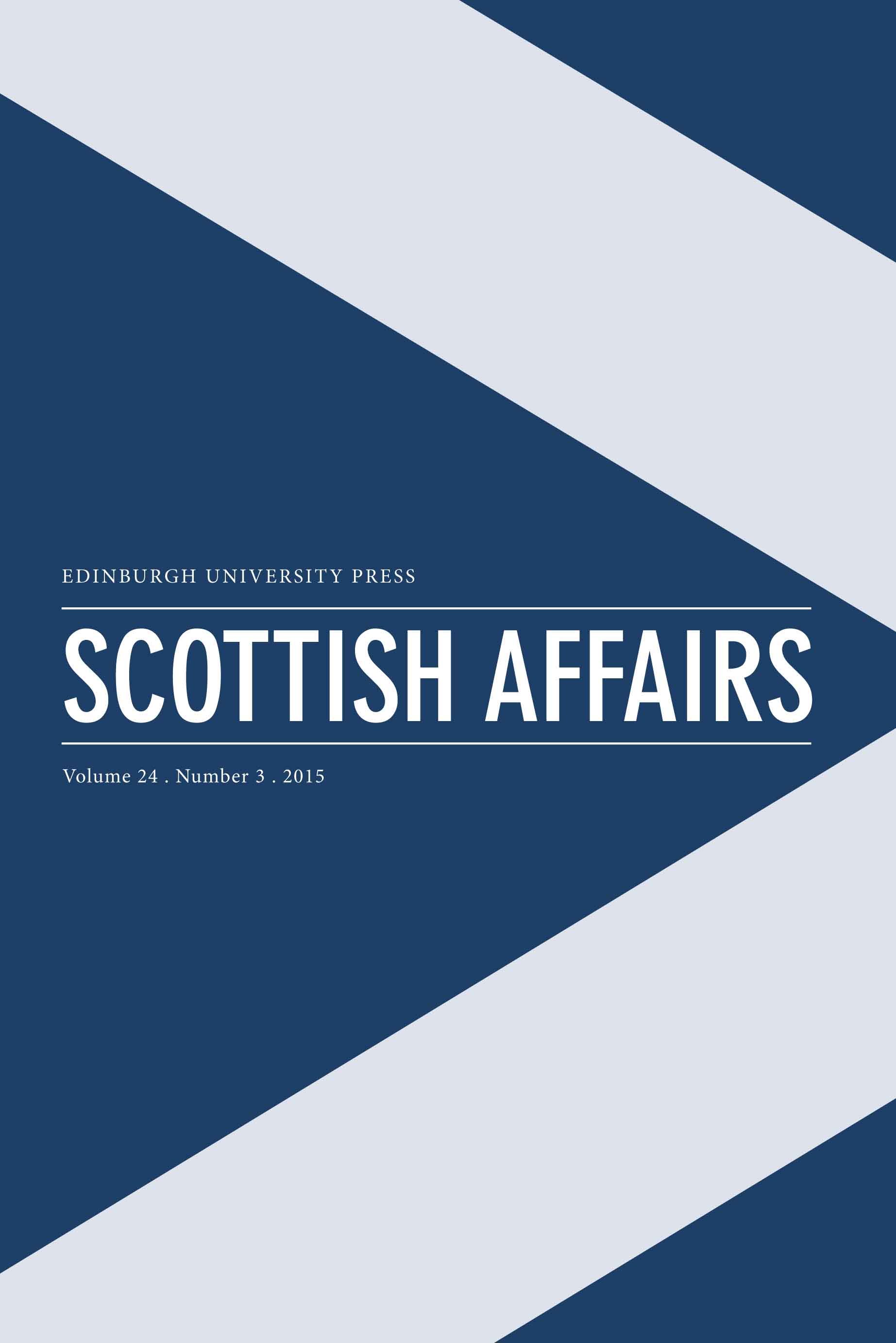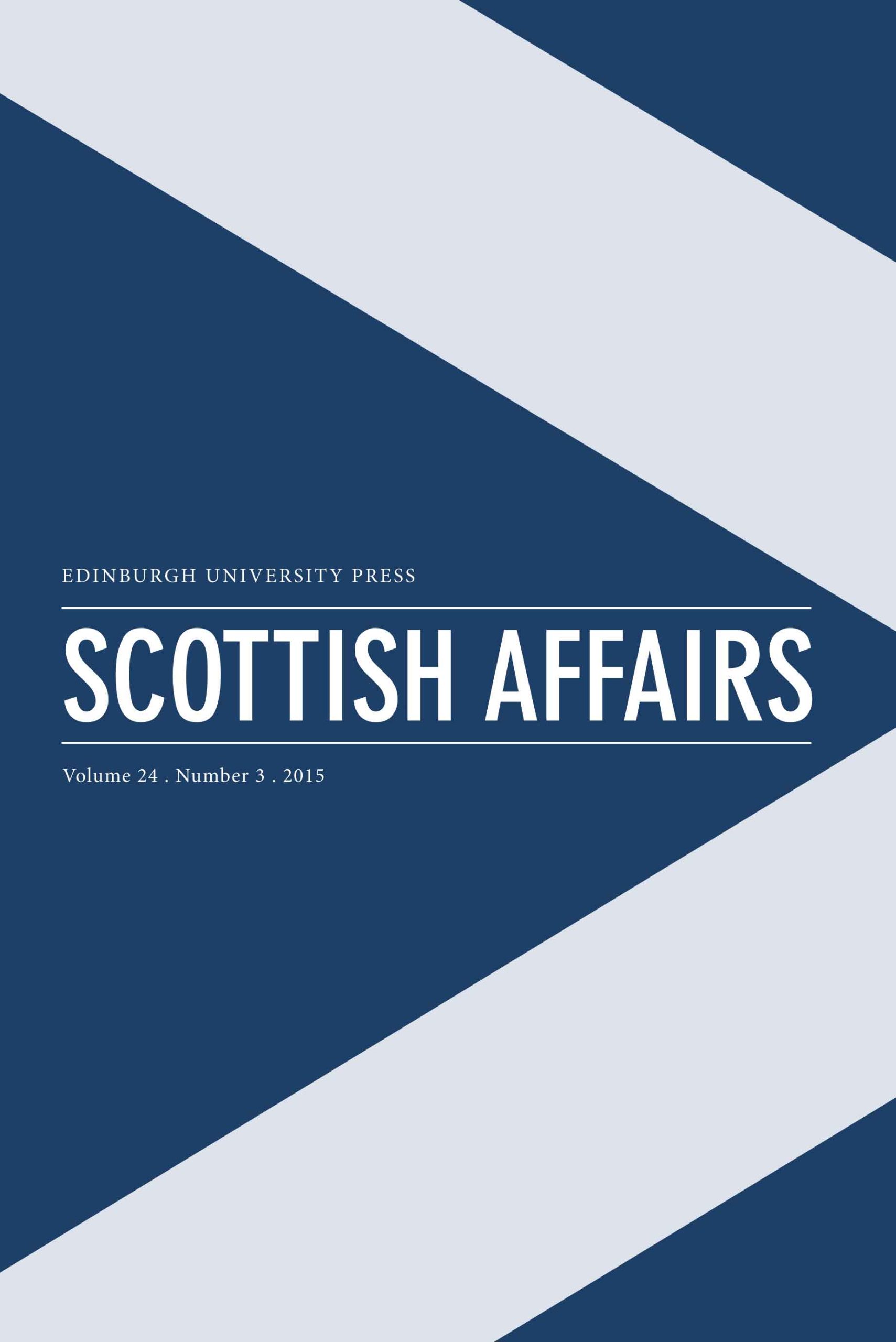
How are we to assess the impact of activities (e.g. words, songs or gestures) associated with sectarianism in contemporary Scotland? In the increasing absence of easily attributable effects such as crimes or disorder, or blatant forms of discrimination in the workplace or in public life, we are left trying to measure more nebulous and fleeting phenomena; most notably, signs of ‘offensiveness’ (whether given or taken).
The difficulties with measuring offensiveness are similar to an age-old challenge for academic criminologists of measuring ‘fear’. If someone tells me that they are ‘very afraid’ (of something or other) in practice this can denote anything from a concern regarding an issue that nevertheless has little direct impact on that respondent’s emotional state or well-being, through to a respondent being effectively trapped in their home, plagued with fears that have severe and debilitating emotional and physical consequences.
Across the urban landscape scouring for the footprints – clipboard in hand – of possible sectarian-related offensiveness is equally problematic. In our research examining the impact of various forms of public processions in Scotland, sectarian-related marches and parades, though seemingly many in number, can be in practice be remarkably short-lived and fleeting. A procession may typically involve no more than a couple of dozen, mostly middle-aged men (albeit uniforms and regalia can exaggerate the impression of maleness), marching quickly down backroads and nondescript thoroughfares. Moreover, in the absence of obvious blocks of ‘Catholic’ or ‘Protestant’ housing or neighbourhoods, in Scotland there is no equivalent of Bogside or a Garvaghy Road, with likeminded residents united in hostility at what is perceived as an invasive provocation.
This is not to trivialise or discount the real scope for flashpoints, conflict and distress. Whilst many of our urban areas may no longer be divided along crude sectarian lines, beneath the surface lies a network of urban ley lines and significant sites. A pub, a particular church, a memorial, hidden borders that may no longer encircle real homogenous communities but nevertheless mark out continued claims to emotional territory, all can have symbolic importance. These may impose meaning on processions that may appear innocuous one moment when passing down one street on one particular date, but which may suddenly be construed as offensive and provocative the next. Moreover, the impact of a procession cannot be confined to a simple observation of an event on the day. Earlier observations may demonstrate subtle changes in the make-up of an area during a procession (e.g. some people may avoid being on the streets during an event) or tensions and anger may be spread-out both before and after an event in particular communities. These technical research issues – though tricky – are still a relative breeze when compared to the deeper moral and political questions that can confront us when we move on to the big normative questions. For instance, when does a certain level of offensiveness ‘matter’ vis-à-vis our hard-won democratic rights to publicly process in the first place?
Niall Hamilton-Smith is a criminologist at the University of Stirling and a member of the Scottish Centre for Crime and Justice Research. He co-led on the Scottish Government’s commissioned research into public processions and on the evaluation of the Offensive Behaviour at Football and Threatening Communications (Scotland) Act.





